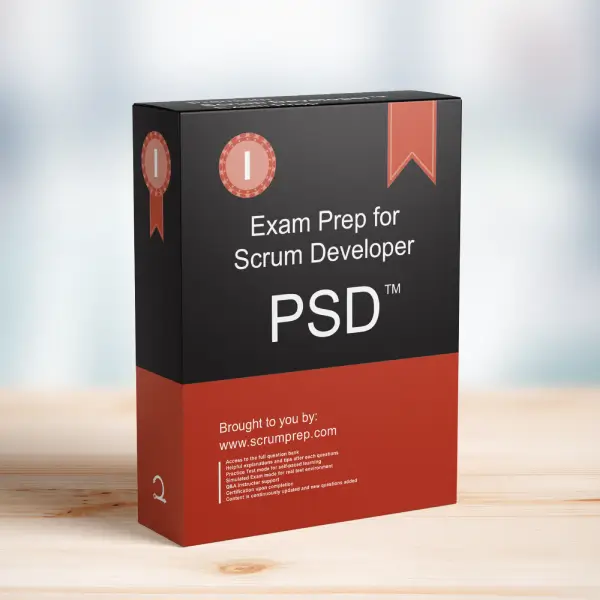Understanding the Benefits of Naming Conventions in Code
Establishing naming conventions in a codebase is a critical practice that helps maintain code quality and consistency, especially in collaborative environments. Naming conventions are guidelines for how elements in the code, such as variables, functions, and classes, should be named.
Exam Question
Which are two benefits of establishing naming conventions for code?
(choose the best two answers)
A. To make the code more readable.
B. To reduce friction in a shared codebase.
C. To ensure that orphan functions are not created.
D. To make it easy to distinguish between different software products.
E. To communicate the identity of the developer who worked on the code.
Correct Answers
A. To make the code more readable.
B. To reduce friction in a shared codebase.
Explanation
Correct Answers
A. To make the code more readable:
Naming conventions enhance the readability of the code by providing a consistent structure that developers can easily understand. When names are consistent and descriptive, it becomes easier for developers to comprehend the code’s purpose, even if they are unfamiliar with the codebase. This readability is essential for maintaining and extending the code over time.
B. To reduce friction in a shared codebase:
In a shared codebase, especially in a team environment, consistent naming conventions reduce misunderstandings and conflicts. When everyone follows the same conventions, the code becomes more uniform, making it easier for team members to collaborate, review, and integrate each other’s work. This uniformity helps in reducing the cognitive load and potential errors that arise from inconsistent naming practices.
Why the Other Options Are Less Appropriate
C. To ensure that orphan functions are not created:
While naming conventions can help organize code, they do not directly prevent the creation of orphan functions. Orphan functions are more related to code organization and project structure than naming conventions.
D. To make it easy to distinguish between different software products:
Naming conventions are typically concerned with internal consistency within a codebase, not distinguishing between different software products. Distinguishing between products is more about project management and less about naming conventions.
E. To communicate the identity of the developer who worked on the code:
Naming conventions are not intended to identify the developer who wrote the code. The focus is on code readability and consistency, not on attributing code to specific individuals.
Relevance to the PSD Exam
Understanding the benefits of naming conventions is crucial for the PSD exam, as it ensures that you recognize the importance of code quality practices that enhance collaboration and maintainability in software development.
Key Takeaways
- Naming conventions improve code readability by providing a consistent structure that is easy to follow.
- They help reduce friction in shared codebases by ensuring that all developers follow the same guidelines, making collaboration smoother.
- Naming conventions are not about tracking developers or distinguishing between software products but about maintaining a clean, understandable, and manageable codebase.
Conclusion
Establishing naming conventions is a best practice that improves code readability and reduces friction in shared codebases. This practice is essential for maintaining high-quality, collaborative software development environments. For more information on preparing for the PSD exam, visit our Professional Scrum Developer PSD™ Exam Prep.



